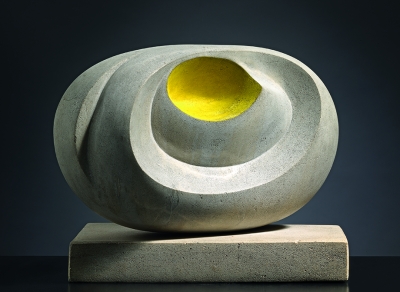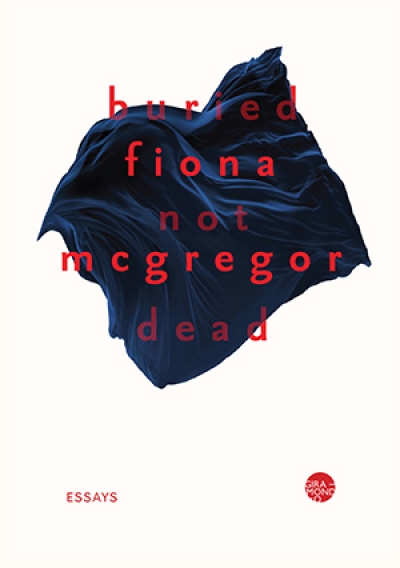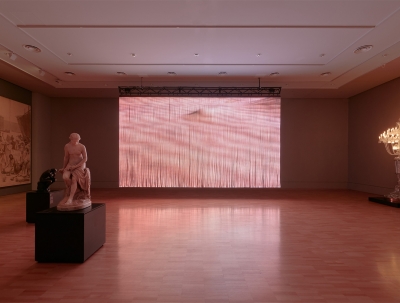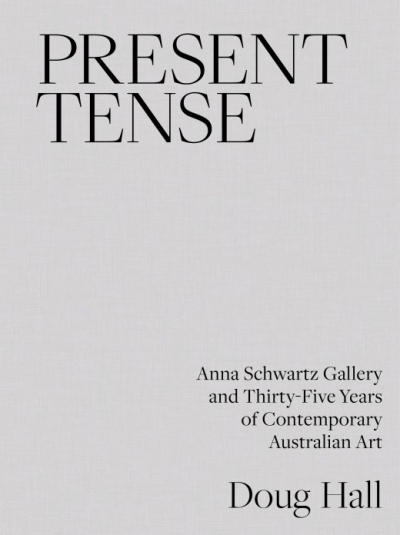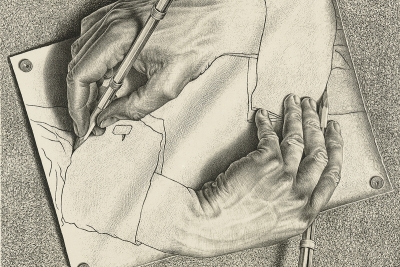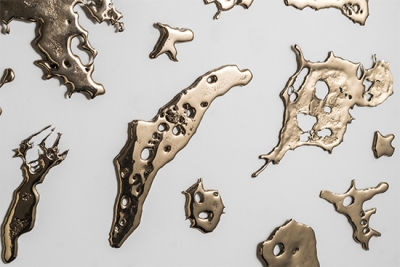Sophie Knezic

Sophie Knezic is a writer, scholar and visual artist, who works between practice and theory. Sophie’s writing has been published in Broadsheet Journal, Evental Aesthetics, Memo Review, Art + Australia and Art Monthly Australasia, and she is a regular contributor to Frieze and Australian Book Review. Sophie currently lectures in Critical and Theoretical Studies at VCA, University of Melbourne and in Art History, Theory + Cultures in the School of Art at RMIT University.
The allegory of the cave in Plato’s Republic represents Western metaphysics’ defining narrative on the nature of light. In this famous fable of shackled prisoners, humankind is confined to a realm of falsity and shadows from which they can only escape by breaking free into the light of day, where the power of illumination reveals the truth of the world.
Without overt reference to this foundat ... (read more)
We all know that emancipatory drives in the late twentieth century dislodged the hegemonic politics of social normativity through the movements of second wave feminism, civil rights, and gay activism, but it’s worth remembering that some rights took longer than others. Homosexuality was only fully decriminalised in Australia in 1997 (Tasmania being the last state to do so); same-sex marriages we ... (read more)
‘Wasn’t sexual expression a principal motivation of gay and queer dancefloors … Isn’t that the freedom we were fighting for? To be kinky dirty fuckers, without shame; to not sanitise ourselves in the bid for equality?’ So exhorts DJ Lanny K in 2013, reflecting on his time spinning discs at down-and-out pubs in ungentrified Surry Hills in the mid-1990s as part of Sydney’s fomenting quee ... (read more)
In Giambattista Tiepolo’s The Banquet of Cleopatra (1743–44) – a jewel in the NGV’s collection of eighteenth-century art – a dining table shows the Egyptian queen Cleopatra facing the Roman consul Mark Antony, her hand elegantly clasping a pearl earring that she is about to drop into a flute glass filled with vinegar, which she will subsequently drink. In doing so, the sheer value of the ... (read more)
In Keith Haring / Jean-Michel Basquiat: Crossing Lines, the National Gallery of Victoria presents a double portrait of the late, iconic, New York-based artists Jean-Michel Basquiat (1960–88) and Keith Haring (1958–90), becoming the first public museum to place their careers in direct dialogue. The retrospective presents many of both artists’ signature works. The vibrant juxtaposition creates ... (read more)
When invited by Morry Schwartz, Anna’s husband and proprietor of Schwartz Publishing, which owns Black Inc., to write an account of the Anna Schwartz Gallery (ASG), Doug Hall initially declined but changed his mind after realising that it would enable him to write with a fresh perspective, having returned to Melbourne after twenty years as director of Queensland Art Gallery. The result, Present ... (read more)
The Dutch printmaker M.C. Escher is one of the few twentieth-century artists who became almost universally known by the general public from the 1960s on. Constructed as visual paradoxes with impossible architectures, vaulting perspectives, and dramatic metamorphoses of form, his images startled. Once seen, they stamped themselves indelibly on the memory. I’ll hazard a guess that most of us can r ... (read more)
Curated by Emily Cormack, the 2018 TarraWarra Biennial positions itself as a paean to the liveliness of artistic gesture. The exhibition’s curatorial frame invokes the notion of ‘will’, derived from Friedrich Nietzsche’s infamous notion of the will to power; although less the idea of an ambition to mastery – as troublingly appropriated by German fascism – than the philosopher’s conce ... (read more)
In a seminal essay titled ‘Grids’ (1978), the American art theorist Rosalind Krauss argued that, as a structure, the grid was emblematic of modernist ambition, encapsulating modernism’s streamlining project through the expunging of forms and conventions extraneous to it. The grid embodied a kind of will to silence, as well as an obvious antipathy to figuration and narrative in its pure recti ... (read more)

